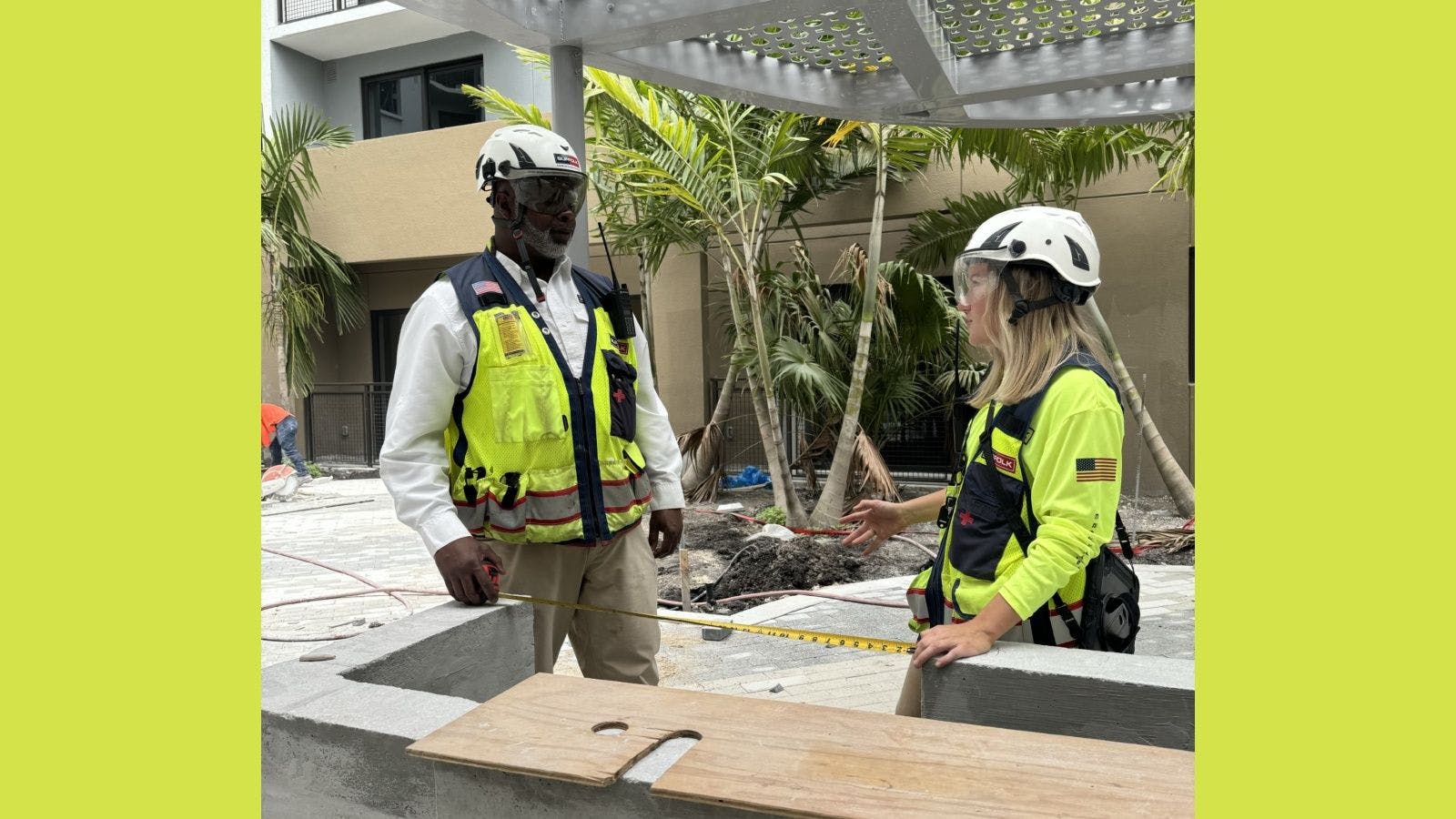
Three Keys to Improving Communication in AEC Firms
Communication is a challenge for any business, but it can be especially challenging in technical fields such as architecture, engineering and construction (AEC). The hybrid workforce model adds additional communication challenges.
Ambiguous instructions, aimless meetings and miscommunication disrupt all levels of an organization. “Communication barriers are leading to a delay or failure to complete projects (44%), low morale (31%), missed performance goals (25%) and even lost sales (18%)—some worth hundreds of thousands of dollars,” according to the report, "Communication barriers in the modern workplace," from the Economist Intelligence Unit.
David Grossman reported in “The Cost of Poor Communications” that a survey of 400 companies with 100,000 employees each cited an average loss per company of $62.4 million per year due to inadequate communication.
There is no one-size-fits-all communication formula, but there are three barriers leaders must overcome to build a thriving business.
1. No one can read a leader’s mind
Everyone processes the world through their personal experiences. Those experiences, often referred to as filters, are unique to each individual and include:
- Personal values;
- Self-esteem;
- Experience at work and elsewhere;
- Geographical background;
- Wants;
- Age;
- Personality; and
- Biases.
Therefore, it takes a concentrated effort to communicate clearly with other people.
A leader who thrives with time management may not understand why an employee is not completing projects on time and is always late. The flip side is that a leader who values big picture thinking may not understand why certain employees only want to talk about work done in the past, with little interest in new ideas and the future.
The more two people know each other, the better their chances for communicating clearly. That’s one reason to encourage staff at all levels to take time to truly get to know their coworkers. Shared experiences increase the likelihood of better communication.
Leaders need to remember that no one can read minds, even the leaders’.
2. Build internal relationships
Due to the COVID-19 pandemic, sports fans were barred from attending games. The ballparks, soccer fields and arenas were empty except for those playing the games.
Then creativity kicked in and teams began selling cardboard cutouts of fans and placing those cutouts in the stands. Cardboard fans were better than no fans at all.
Communication between individuals is often like the communication from those cardboard cutouts: one-dimensional. A leader who wants to build his or her firm needs multidimensional conversations in the workplace, between real humans with varied backgrounds, values, interests and so much more diversity.
The first step to achieve that is for leaders to share something about themselves. Then provide the opportunity for the person they are speaking with to open up. A leader might reveal they like to start the day with a walk and a podcast and then ask how someone else likes to start their day. Even a small connection builds relationships.
Companies spend a lot of time focusing on building external relationships with clients and prospects. A smart leader will make sure the same thing is happening internally to build employee relationships.
Leaders can help employees know each other as humans, not just employees. Ice breakers and social events break down communication barriers. Sometimes it is as easy as getting to know one another over coffee in the breakroom.
3. Ask good questions to stimulate conversations
When a manager is told to get to know his or her employees better, many managers ask, “How do I do that?” The answer is simple: Ask good open-ended questions. Then stop talking and let the other person respond.
Below are three questions that will help leaders and staff improve communications.
- By asking “What do you know about XYZ?,” a leader uncovers where to start. Leaders can focus on filling in gaps instead of making assumptions about what a person knows.
- Before ending any meeting, a leader should ask, “What is your key takeaway from our conversation today?” By allowing employees to state a point in their own words, a leader can assess the employee’s comprehension and identify misunderstandings.
- Another good question for stoking a rich conversation is this one. “What’s the one thing that would make a difference to you if I did it differently?”
Leaders and others often struggle to come up with good questions. Turn to resources such as these for ideas about how to bring clarity to your conversations and build internal relationships. "The Book of Beautiful Questions" by Warren Berger and "Power Questions: Build Relationships, Win New Business, and Influence Others" by Andrew Sobel and Jerold Panas.
Just as poor communication disrupts all levels of an organization, removing barriers to clear communication positively impacts an entire organization.
Related stories








